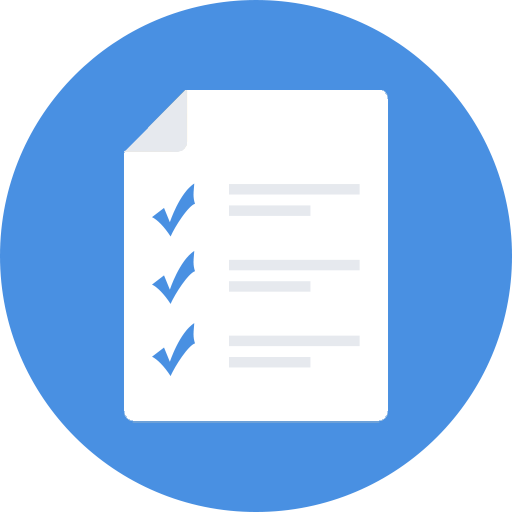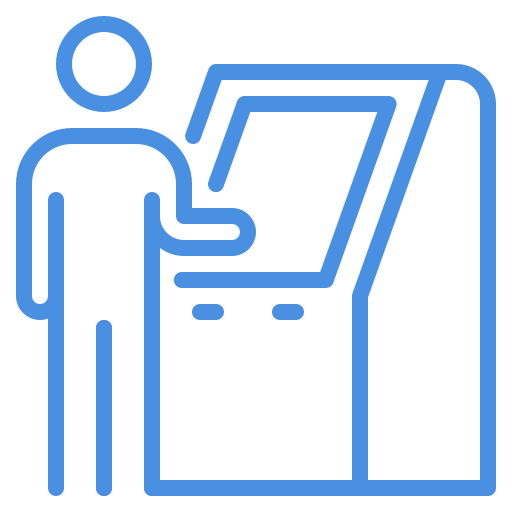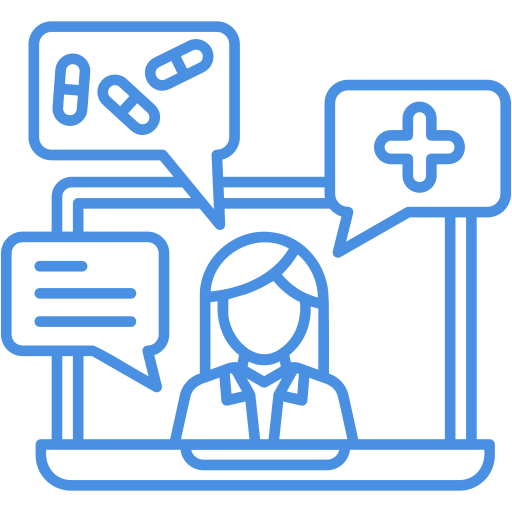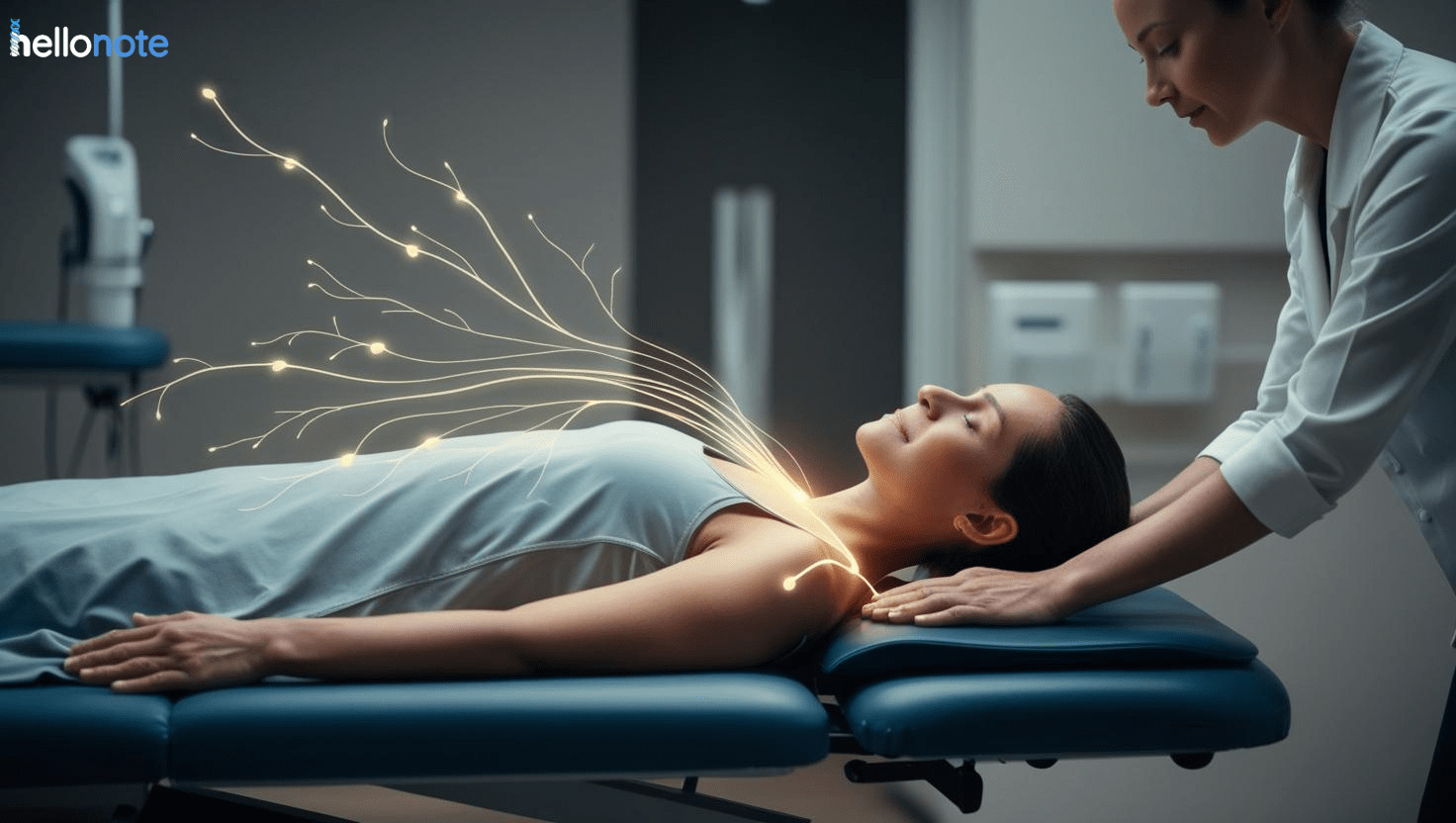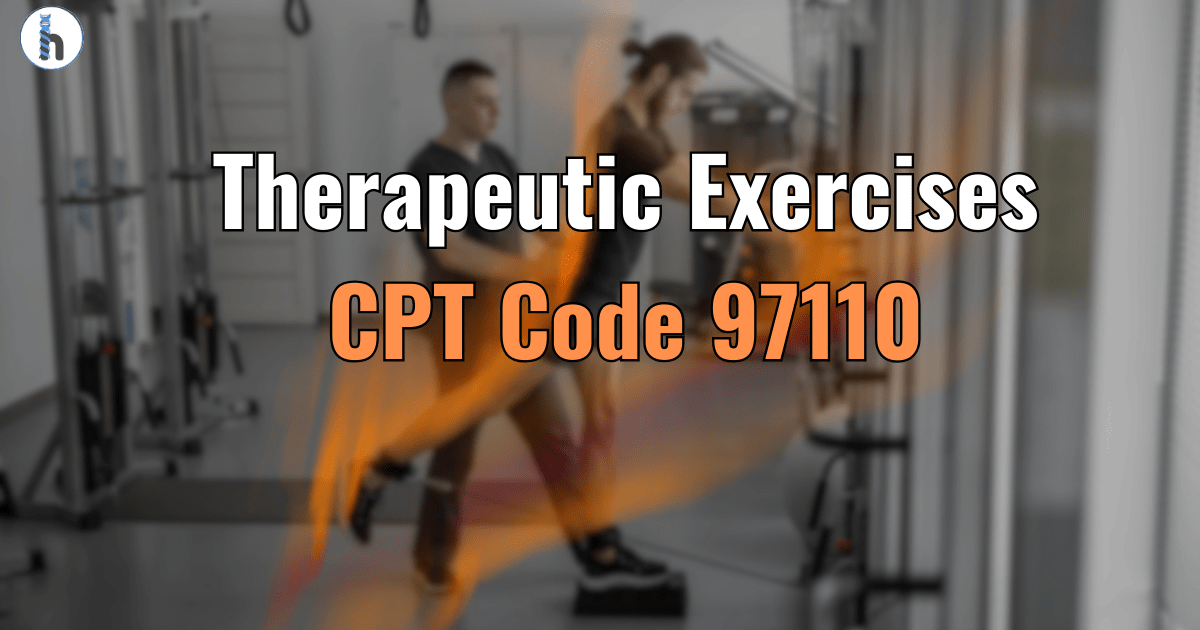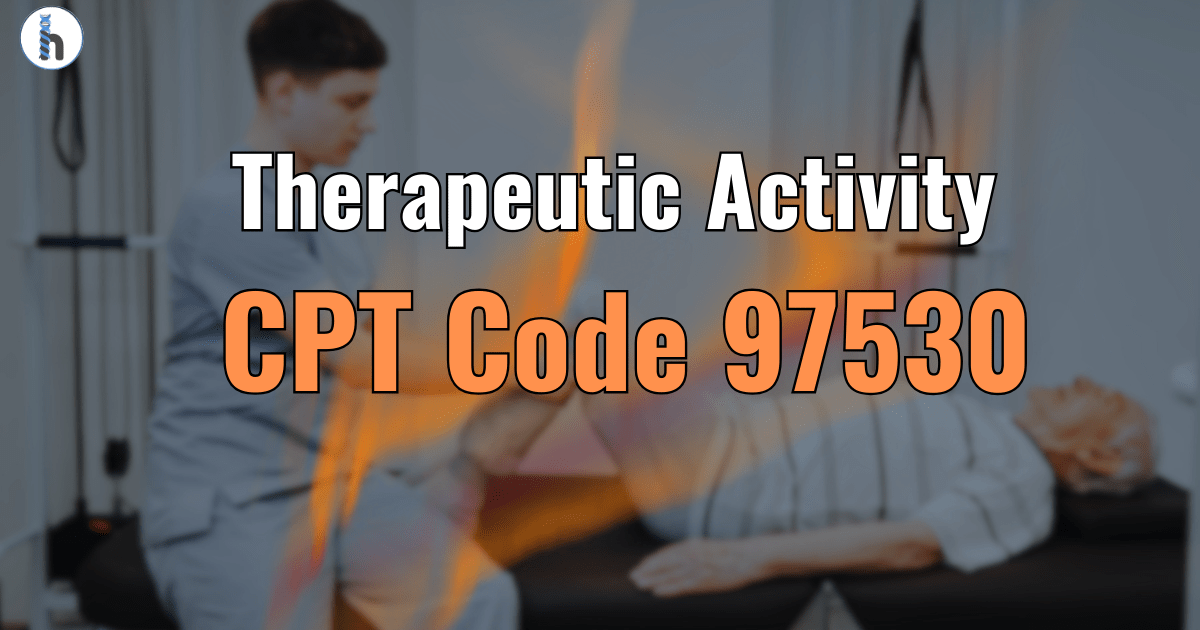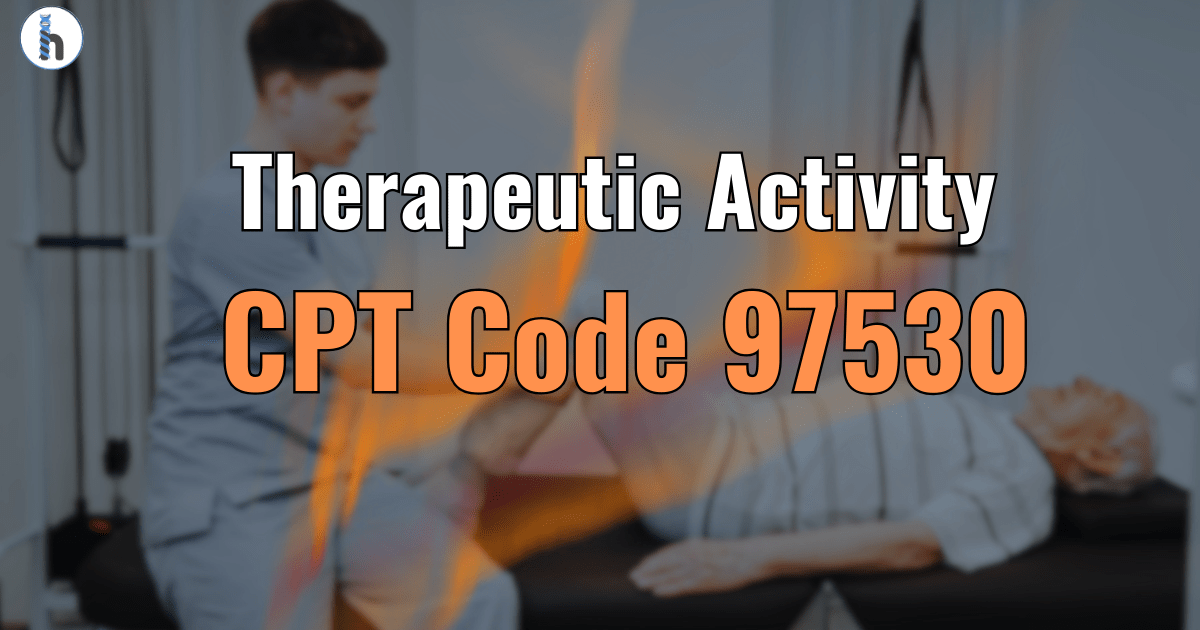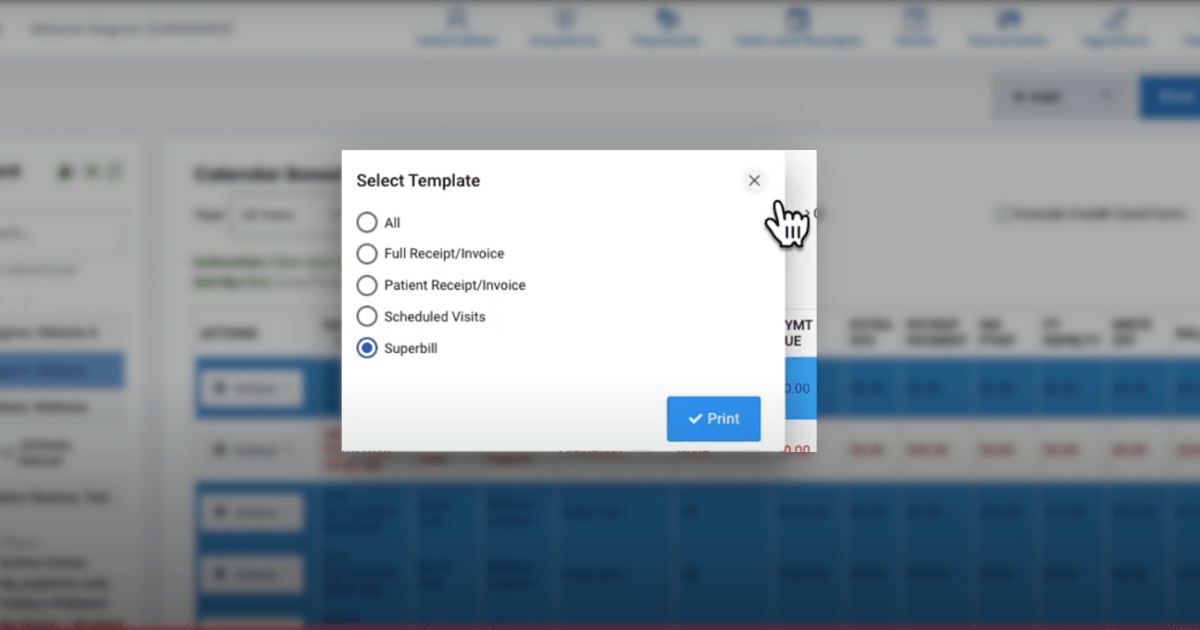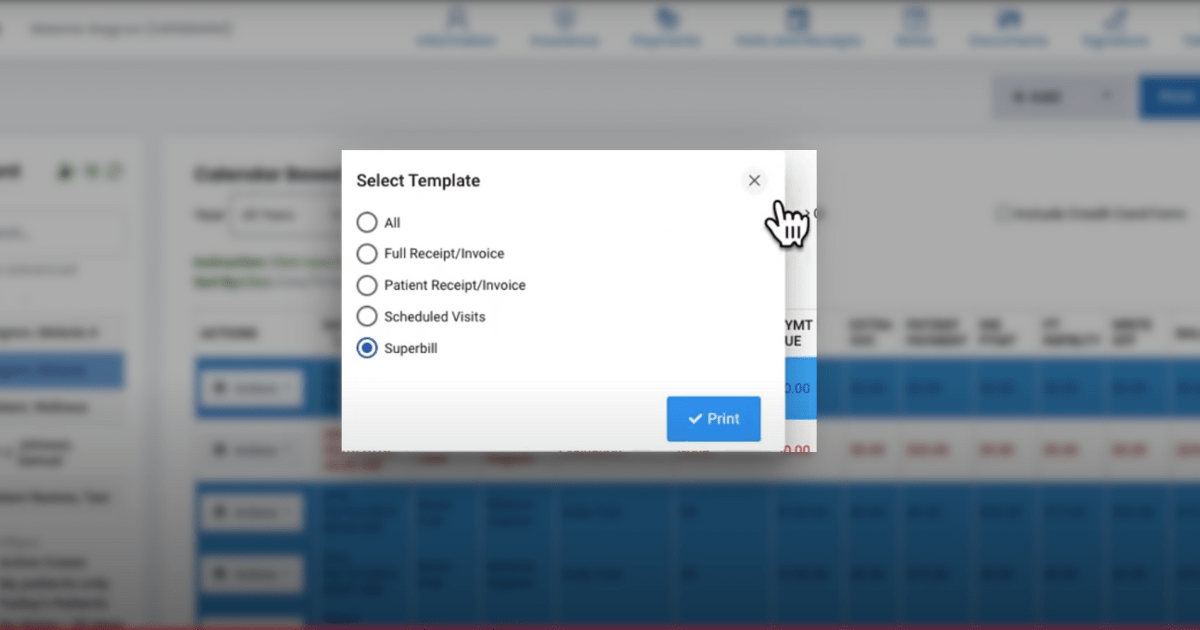Chiro vs Deep Tissue for Sports Injuries: Which is Best for Athletes
Athletes consistently push their bodies to the limit, making injuries an unfortunate yet common part of the dynamic sporting landscape. From acute sprains and strains to chronic overuse issues, identifying the most effective treatment is paramount for a swift and comprehensive recovery. When considering hands-on therapies, the question often arises: Chiro vs Deep Tissue for Sports Injuries – which approach offers superior benefits? While both chiropractic adjustments and deep tissue massage aim to alleviate pain and restore function, they operate on distinct principles and target different bodily tissues. Understanding their unique methodologies is key to determining which therapy might be more beneficial, or if a combined strategy is optimal for a specific sports-related injury.
This article will compare chiropractic adjustments and deep tissue massage, exploring how each addresses sports injuries, their respective benefits, common Sports Injury Treatment Options, and crucial factors to consider when choosing the right path for your athletic recovery.

Understanding Chiropractic Care for Athletes
Chiropractic care primarily focuses on the diagnosis, treatment, and prevention of neuromuscular and musculoskeletal disorders, with a strong emphasis on the spine and its intricate relationship with the nervous system. The hallmark of chiropractic treatment is the “adjustment” – a precise, controlled force (often a high-velocity, low-amplitude thrust) applied to specific joints. These joints are often spinal vertebrae but can also include peripheral joints like shoulders, knees, or ankles, particularly those exhibiting restricted movement or improper alignment relevant to Sports Medicine.
How Chiropractic Adjustments Can Help Sports Injuries
-
- Restoring Joint Mobility: Injuries, impacts, or repetitive athletic stress can cause joints to become stiff, restricted, or “locked.” Chiropractic adjustments for joint mobility aim to restore the normal physiological range of motion, which is essential for optimal athletic performance and preventing compensatory strain patterns in other areas of the body.
- Improving Biomechanics and Spinal Alignment: Correcting joint misalignments, a key focus of chiropractors, can improve overall body mechanics. This potentially reduces uneven stress distribution that may have contributed to the initial injury or could predispose an athlete to future problems. Many athletes seek the Benefits of Chiropractic for Athletes for this reason.
- Reducing Nerve Irritation: Misaligned joints, particularly within the spine, can sometimes irritate or impinge upon nearby nerves. Chiropractic adjustments may help alleviate this pressure, potentially reducing pain, numbness, or tingling that can result from nerve issues relevant to certain sports injuries (e.g., sciatica-like symptoms from a lumbar issue).
- Addressing Acute Joint Issues: Chiropractic care is often sought for acute conditions such as facet joint syndrome in the spine or certain types of joint dysfunction following a fall, impact, or sudden awkward movement during sport.
Potential Benefits of Chiropractic for Athletes
-
-
Faster recovery from certain joint-related sports injuries.
-
Improved overall posture and spinal alignment, contributing to better performance.
-
Potential reduction in nerve-related pain or dysfunction impacting athletic activities.
Chiropractic care might be particularly considered for: Injuries involving sudden joint locking, suspected spinal misalignments contributing to widespread pain, or nerve irritation stemming from spinal joint issues.
-
Understanding Deep Tissue Massage for Athletes
Deep tissue massage is a therapeutic massage technique that targets deeper layers of muscle and connective tissue, including fascia. It utilizes slower strokes, more sustained pressure, and specific friction techniques compared to more superficial or relaxation-focused massage. The primary goals are to address chronic muscle tension, break down scar tissue (adhesions), and release trigger points (hyperirritable knots) that frequently develop as a result of overuse, repetitive strain, or acute muscle injuries common in Athletic Therapy. This is a key component of many Manual Therapy Techniques.
How Deep Tissue Massage Can Help Sports Injuries
-
-
Breaking Down Adhesions and Deep tissue for scar tissue: After a muscle strain or tear, the body forms scar tissue as part of the healing process. While necessary, excessive or disorganized scar tissue can restrict movement, cause pain, and limit flexibility. Deep tissue techniques aim to realign these scar tissue fibers, improving tissue pliability and reducing stiffness.
-
Releasing Muscle Tension and Trigger point therapy: Intense training, overuse, or direct injury can lead to chronic muscle tightness, protective spasms, and the formation of painful trigger points. Deep tissue massage works to release these constricted areas, often incorporating Myofascial release techniques to address fascial restrictions, thereby alleviating pain and restoring normal muscle function and length.
-
Improving Circulation and Aiding Inflammation Resolution: The pressure applied during deep tissue massage can enhance blood flow to injured or overworked tissues. This brings vital oxygen and nutrients needed for repair and helps flush out metabolic waste products that contribute to soreness and prolonged inflammation (though very intense deep tissue might cause a temporary, localized inflammatory response before a net positive effect).
-
Increasing Flexibility and Range of Motion: By releasing tight muscles, fascia, and breaking down restrictive adhesions, deep tissue massage can significantly improve flexibility and joint range of motion, which is crucial for preventing re-injury and optimizing athletic movement patterns.
-
Potential Benefits of Deep Tissue Massage for Athletes
-
-
Relief from chronic muscle soreness, stiffness, and Delayed Onset Muscle Soreness (DOMS).
-
Improved recovery times from muscle strains, tears, and contusions.
-
Increased flexibility and reduced risk of future muscle-related injuries.
-
Effective management of conditions where muscular components are significant, such as IT band syndrome, plantar fasciitis, or rotator cuff tendinopathies.
Deep tissue massage is often indicated for: Muscle strains, chronic muscle tightness and imbalances, injuries involving significant scar tissue formation, overuse injuries causing muscular pain and restriction, and as a general recovery support tool within a comprehensive Sports Rehabilitation program.
-
Chiropractic vs. Deep Tissue: Key Differences for Sports Injuries
Understanding the primary distinctions helps in deciding the appropriate approach for various musculoskeletal injuries.
Comparison Table
| Feature | Chiropractic Adjustments | Deep Tissue Massage |
|---|---|---|
| Primary Target | Joints (especially spine), nervous system function related to joint mechanics | Muscles (deep layers), fascia, connective tissue, trigger points |
| Primary Technique | High-velocity, low-amplitude thrusts (adjustments), joint mobilization | Slow, sustained deep pressure, friction, stripping, trigger point release |
| Main Goal (Sports) | Restore joint mobility, correct biomechanical alignment, reduce nerve irritation | Release muscle tension, break down scar tissue/adhesions, improve tissue flexibility |
| Focus | Structural alignment, joint kinematics, biomechanics, neurological influences from joints | Soft tissue health, muscle recovery, fascial integrity, tissue extensibility |
| Best Suited For… | Acute joint dysfunction/locking, spinal misalignments affecting nerves or biomechanics | Muscle strains, chronic tightness, scar tissue restriction, overuse muscle pain/knots |
Which Approach is “Better” for Your Sports Injury? It Depends.
Declaring one therapy universally “better” than the other for the broad category of sports injuries is misleading and inaccurate. The most effective approach – be it Chiro vs Deep Tissue for Sports Injuries – depends heavily on the specific nature of the injury, its current stage (acute, subacute, or chronic), the tissues primarily involved, and the individual athlete’s specific needs and recovery goals.
Consider Chiropractic Adjustments if:
-
-
The injury involves a clear joint restriction, a “locking” sensation, or pain specifically reproduced with joint movement.
-
Pain seems directly related to spinal alignment issues or involves distinct nerve-like symptoms (e.g., sharp, shooting pain, numbness, tingling that follows a nerve path, potentially answering Is chiropractic or massage better for back pain from sports? if the back pain has a clear spinal joint component).
-
There was a specific impact, fall, or awkward movement leading to immediate joint pain or notable dysfunction.
-
Consider Deep Tissue Massage if:
-
-
The injury is primarily muscular in nature (e.g., muscle strain, tear, significant chronic tightness, or spasm).
-
There’s considerable muscle soreness, widespread stiffness not clearly related to a single joint, or palpable knots/adhesions within the muscle tissue.
-
The primary goal is to improve flexibility restricted by soft tissues, manage scar tissue effectively post-injury, or aid in muscle recovery.
-
It’s being used as part of a recovery protocol to reduce soreness and enhance tissue readiness after intense training periods.
-
Important Note on Acute Injuries: In the immediate aftermath of an acute injury (typically the first 24-72 hours), intense deep tissue massage directly on the freshly injured area is often contraindicated due to the active inflammatory process. Similarly, chiropractic adjustments might need to be modified, delayed, or avoided depending on the injury’s severity, stability, and the presence of acute inflammation or muscle guarding. Initial management frequently focuses on principles like RICE (Rest, Ice, Compression, Elevation) or POLICE (Protection, Optimal Loading, Ice, Compression, Elevation).
The Power of a Combined Approach: Chiropractic and Massage for Athletic Recovery
For many sports injuries, it’s rarely a case of “either/or.” Chiropractic adjustments and deep tissue massage can be highly complementary, as an injury seldom affects just one type of tissue in complete isolation. Exploring Combining chiropractic and massage for athletic recovery can often yield superior results. For example:
-
-
A spinal misalignment or joint restriction (best addressed by chiropractic) might cause protective muscle spasms and fascial tightening in the surrounding musculature (which deep tissue massage can effectively treat).
-
Chronically tight muscles and restricted fascia around a joint (best addressed by deep tissue massage) can limit its movement, potentially leading to joint dysfunction or compensatory stress that chiropractic can help correct.
-
Using both therapies, when appropriate and guided by proper assessment, can provide a more holistic recovery strategy. Chiropractic care addresses the structural, biomechanical, and neurological components related to joint function, while deep tissue massage tackles the muscular, fascial, and soft tissue restrictions. It’s also worth noting that a skilled physical therapist might integrate aspects of both joint mobilization (similar to some chiropractic techniques) and soft tissue work (similar to massage) within their comprehensive treatment plan, alongside therapeutic exercise.
The Crucial First Step: Accurate Diagnosis by a Healthcare Professional
Before choosing any specific treatment modality, obtaining an accurate diagnosis from a qualified healthcare professional (such as a sports physician, orthopedic specialist, or a physical therapist specializing in sports injuries) is paramount. Self-diagnosing or relying on anecdotal advice can lead to ineffective, delayed, or even harmful treatment choices. A proper assessment will identify the specific tissues involved (bone, joint, ligament, tendon, muscle, nerve), the nature and severity of the injury, and any contributing biomechanical factors. This diagnosis is essential for guiding the most appropriate and effective therapeutic interventions.
Finding Qualified Practitioners for Your Sports Injury Care
Ensure you seek treatment from appropriately licensed and experienced professionals, depending on your specific injury and needs:
-
-
Chiropractors: Look for a Doctor of Chiropractic (DC) degree and valid state licensure. Experience working specifically with athletes and sports injuries is a significant advantage.
-
Massage Therapists: Seek Licensed Massage Therapists (LMT or RMT, depending on state) who have specialized training and certification in deep tissue massage or sports massage.
-
Physical Therapists (PTs): Ideally, choose a Doctor of Physical Therapy (DPT), particularly one who is a Board-Certified Clinical Specialist in Sports Physical Therapy (SCS) or has extensive experience in sports rehabilitation.
-
Sports Medicine Physicians: These are typically primary care physicians or physiatrists who have completed a fellowship and are board-certified with a Certificate of Added Qualifications (CAQ) in Sports Medicine. They excel in diagnosis and non-surgical management.
-
Certified Athletic Trainers (ATCs): Often found working directly with sports teams, ATCs are skilled in injury prevention, acute on-field management, and initial rehabilitation phases.
-
Osteopathic Physicians (DOs): DOs who specialize in Osteopathic Manipulative Treatment (OMT) can also address joint and muscle issues with hands-on techniques.
-
Acupuncturists: Licensed Acupuncturists (LAc) can provide complementary care for pain management and recovery support.
-
For severe injuries like complete ligament tears, significant fractures, or conditions requiring surgical intervention, consultation with an orthopedic surgeon, preferably one with sports medicine fellowship training, is necessary. Often, a multidisciplinary team approach involving several of these professionals yields the best and most comprehensive recovery outcomes for athletes.
Conclusion: Making an Informed Choice for Your Sports Injury Recovery
Ultimately, neither chiropractic adjustments nor deep tissue massage holds a singular monopoly on effectively treating all sports injuries. Chiropractic care often excels in addressing joint mechanics, structural alignment, and related nerve function, making it a strong choice for certain types of joint dysfunctions and spinal issues. Deep tissue massage, on the other hand, is highly effective for resolving muscular tightness, breaking down adhesions, and improving overall soft tissue health and flexibility.
The “better” choice in the Chiro vs Deep Tissue for Sports Injuries debate truly hinges on the specific injury accurately diagnosed by a qualified healthcare professional. Frequently, a thoughtfully combined approach, potentially integrated within a broader physical therapy plan that includes corrective exercises and functional retraining, offers the most comprehensive and effective path back to peak athletic performance. Understanding the distinct roles and benefits of each therapy empowers athletes to engage proactively in their recovery journey and make well-informed decisions about their care.

